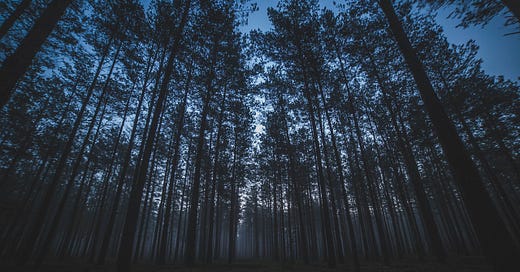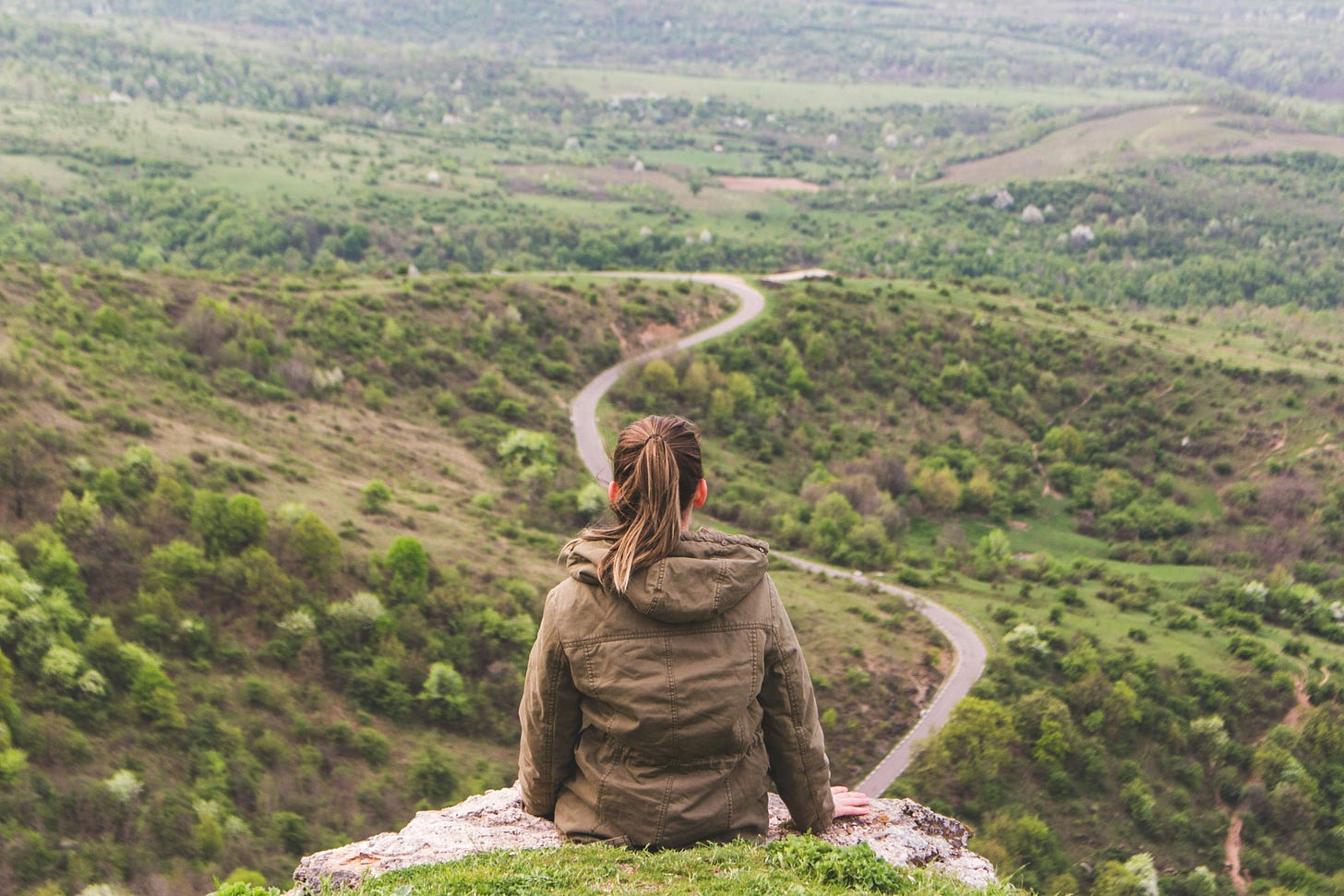We are now in the dark half of the year - the six months where the nights are longer than the days. Technically we’ve been in the dark half of the year since the autumn equinox on 22nd September but, here in the UK, the clocks have gone back and the creeping loss of light has stepped up a gear.
I struggle at this time of year. As much as I love all things cosy and enjoy the excuse of darker evenings to stay at home and snuggle, when it starts to get dark before 5pm, I find myself willing the light to last just a bit longer.
Partly, this impulse to extend the light is a response to the fact that last week it was light at this time of day. Suddenly the day feels squeezed. When I notice the light is fading, a mild panic rises: how is it evening already? Did I get enough light? Did I make the most of the day? I feel like a toddler who hasn’t had enough time to play, who isn’t ready to settle down and get ready for bed.
There is, though, a deeper level to my inclination to will away the dark. If the lighter half of the year is about extension and expansion, the dark half of the year is about contraction. Both halves have their own work. During the light half of the year the plants are growing, the flowers are blooming, the animals are mating and birthing. Their invitation is to unfurl, to look beyond ourselves and to connect outwards. In contrast, the dark half of the year is a time for retreating and drawing from hidden or inner reserves. Plants mostly lie dormant, animals hibernate or slow, the birds are hushed. We too are invited to become quiet, move within and confront the hidden things that have been masked during the brightness and busyness of the lighter months. Instead of spiralling outwards into the world and towards each other, the dark invites us to spiral within. As I stand at my kitchen window and notice the light is once again fading, I feel aware that I am standing at the gate of a journey I’m not sure I’m ready to go on.






